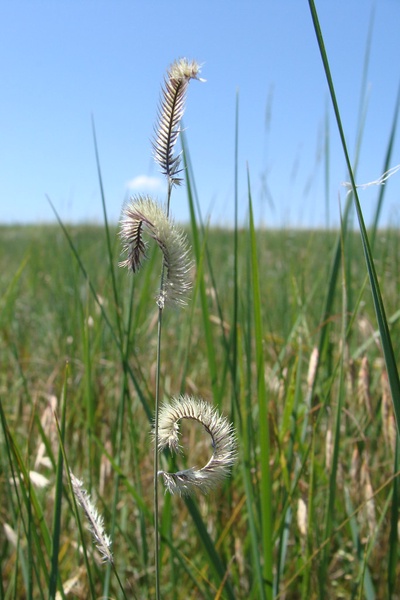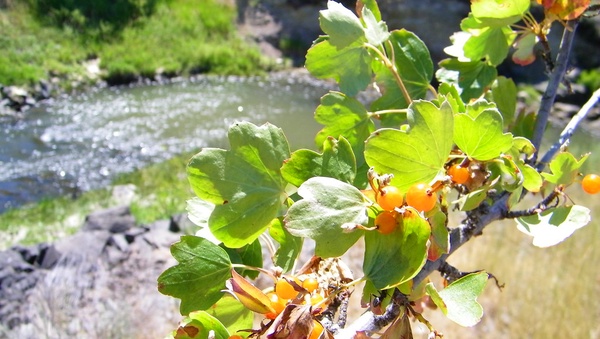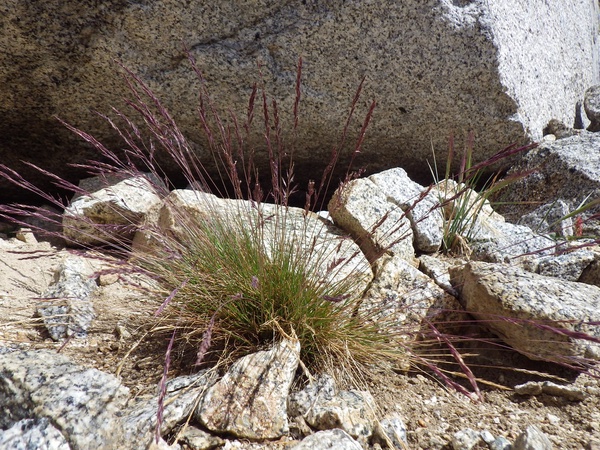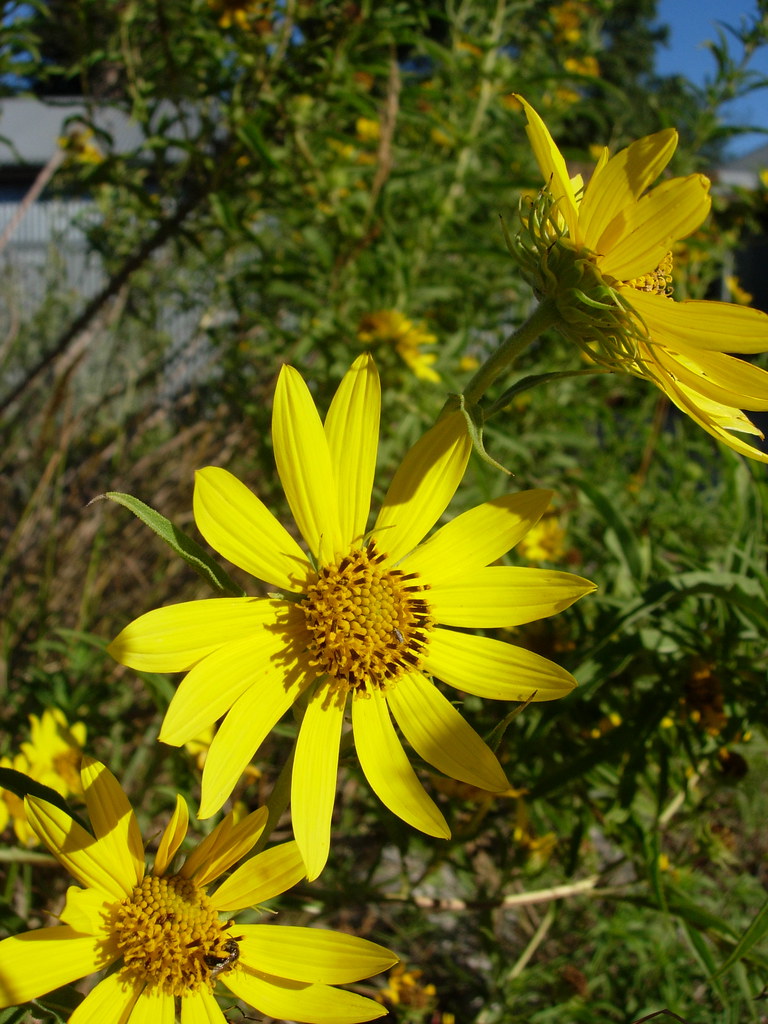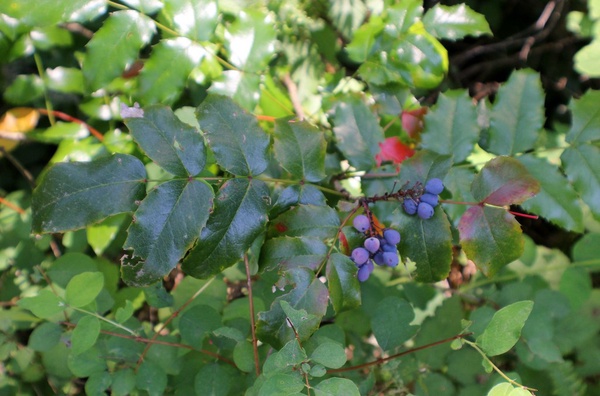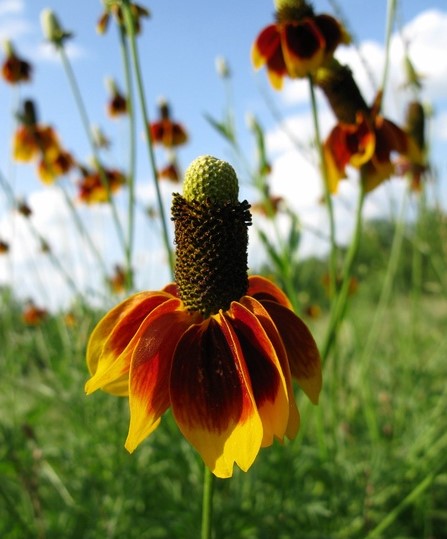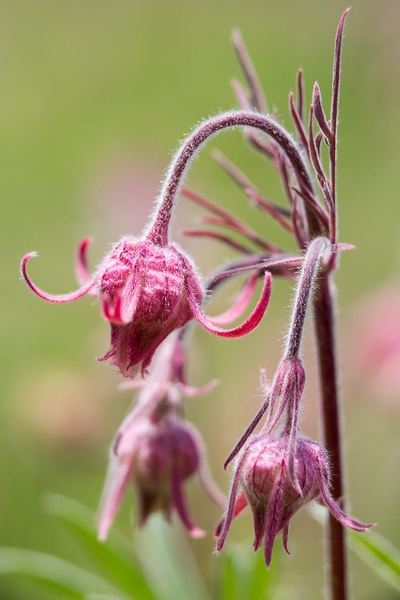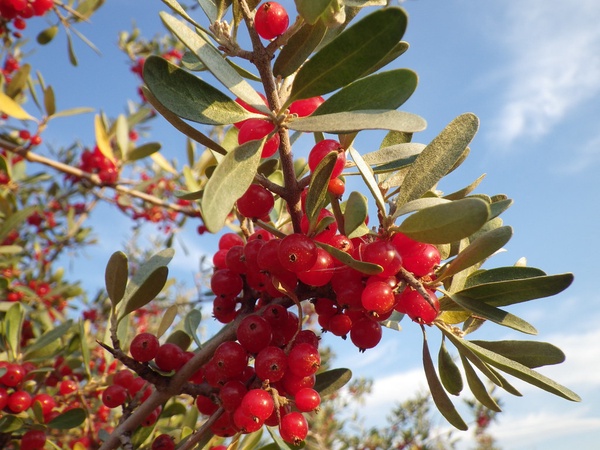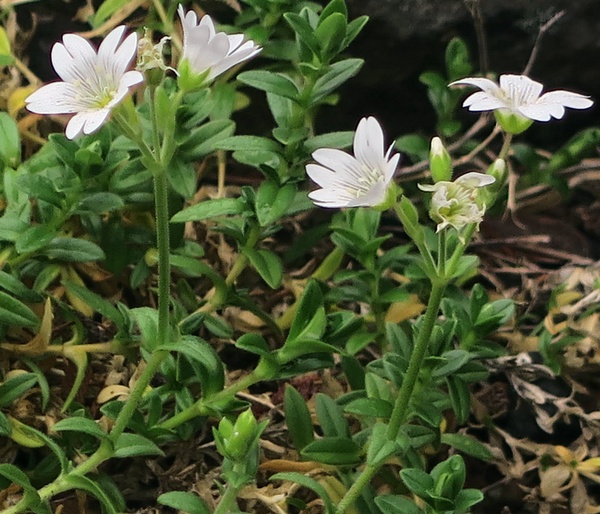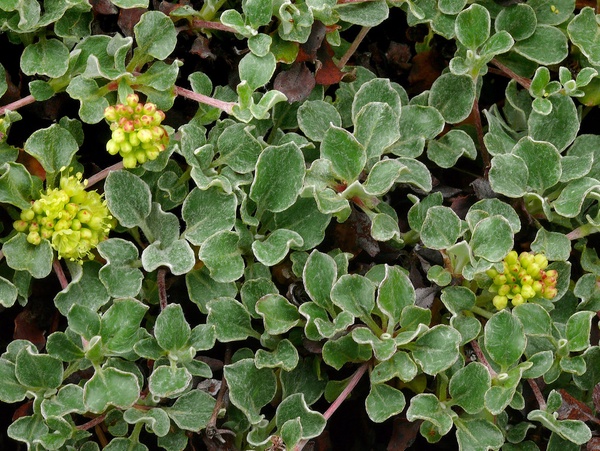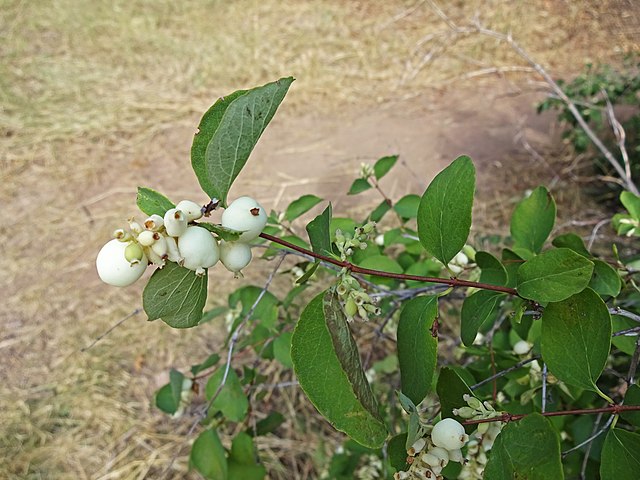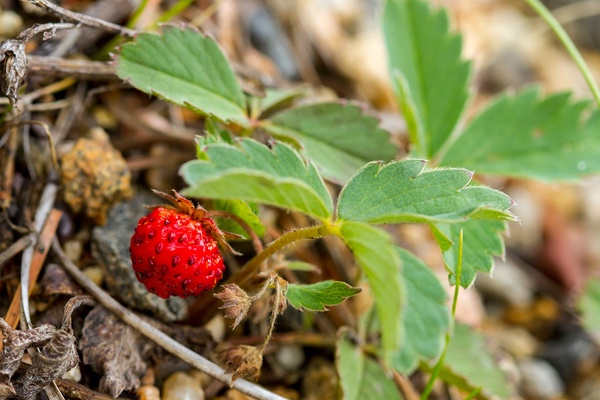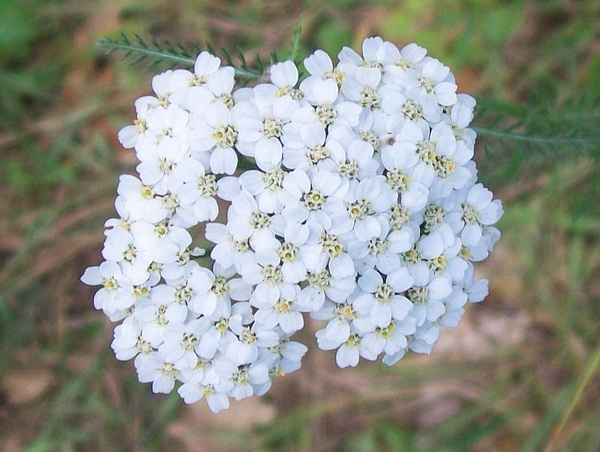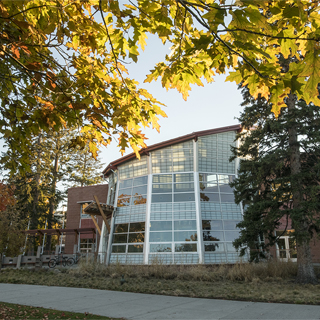Fork Belknap Reservation
Gros Ventre and Assiniboine Tribes (North Central Montana)
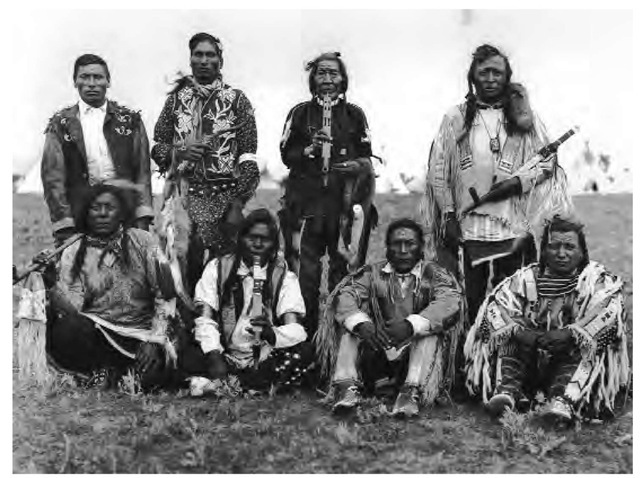
Gros Ventre Camp, Fort Belknap Indian Reservation, Montana
The People
The Native American Indian Tribes that make up the indigenous people of the Fort Belknap Reservation are the Gros Ventre or (Aaniiih) meaning “White Clay People” and the Assiniboine or (Nakoda) meaning “generous ones”. Both tribes were originally known to have migrated westward into the Northern Plains from the Great Lakes region. The Gros Ventre originally migrated with the Arapaho and Cheyenne people, but sometime after arriving in the area now known as Montana, the Arapaho and Cheyenne eventually moved southward, while the Gros Ventre joined with the Blackfeet Tribe.
The according to Assiniboine oral history their origins are Algonquin. Their people are thought to have divided sometime in the 1700s, when some bands moved west into Canada, and others moved south into the Missouri Valley. With the signing of the Fort Laramie treaties of 1851 and 1855, Fort Belknap became a reservation in 1888. The Fort Belknap Reservation is all that remains of the vast ancestral territory once inhabited by the Blackfeet and Assiniboine Nations.
The Plants
Silver Buffaloberry (Shepherdia argentea):
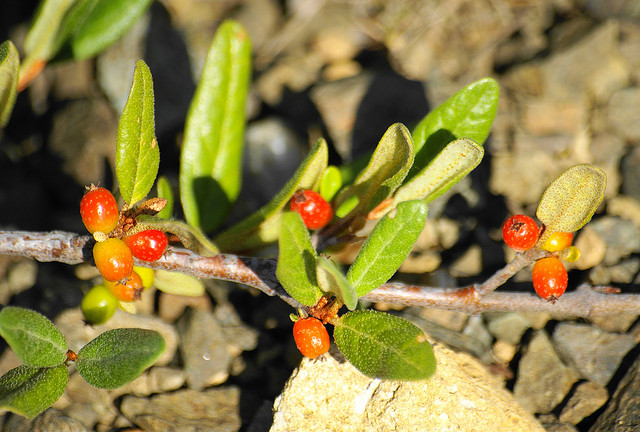
Silver Buffaloberry is a deciduous shrub that can grow three to seven feet tall. It has a tall erect stem with silvery green leaves and pale yellow petal-less flowers that turn into bright red, translucent, fleshy berries around August. The berries are used by many tribes, who whip them up into a froth to make an ice-cream-like treat. The berries are high in iron and may be eaten fresh or boiled into a syrup. A common name for this plant is “soapberry” as it contains the constituent glucoside-saponin, which is responsible for the soapy or frothy quality of the berries.
White Prairie Aster (Symphyotrichum falacatum):

White prairie aster is a perennial member of the Sunflower (Aster) family that flowers from mid-summer into fall. Its stems are 1-3 feet tall and contain numerous clusters of smaller white ray flowers with yellow corollas. The plant is found mainly in grassland, dry meadows, open forests, and rocky slopes. White prairie aster is and was used by many plains tribes as medicine for humans and animals, as a dye and in jewelry making, and for spiritual and ceremonial purposes. Medicinally, it has been used as a hemostat (to stop bleeding) as well as an eyewash.
Prairie Coneflower (Ratibida columnifera):
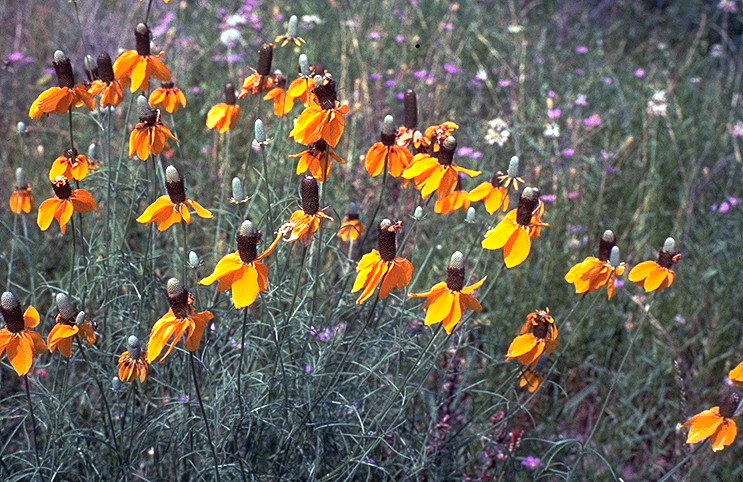
The Prairie Coneflower is a perennial member of the Aster family that flowers from June-August. It has a tall stem with droopy yellow ray flowers and a cone-like green center that eventually changes to a dark purple or brown. Found mainly in prairies, plains, and along roadsides. The Prairie coneflower has a wide range existing from Southern Canada, and throughout most of the U.S to Northern Mexico. The Prairie Coneflower was used by many Native American tribes of the Northern Plains for both food and medicine. The Dakota and Oglala used the leaves and cone-shaped heads to make an edible tea. The Cheyenne, Lakota, and Sicangu use the tea for medicinal purposes to treat head and stomach pain, fever, poison ivy, and rattlesnake bites.
Gumbo Lily (Oenothera cespisota):
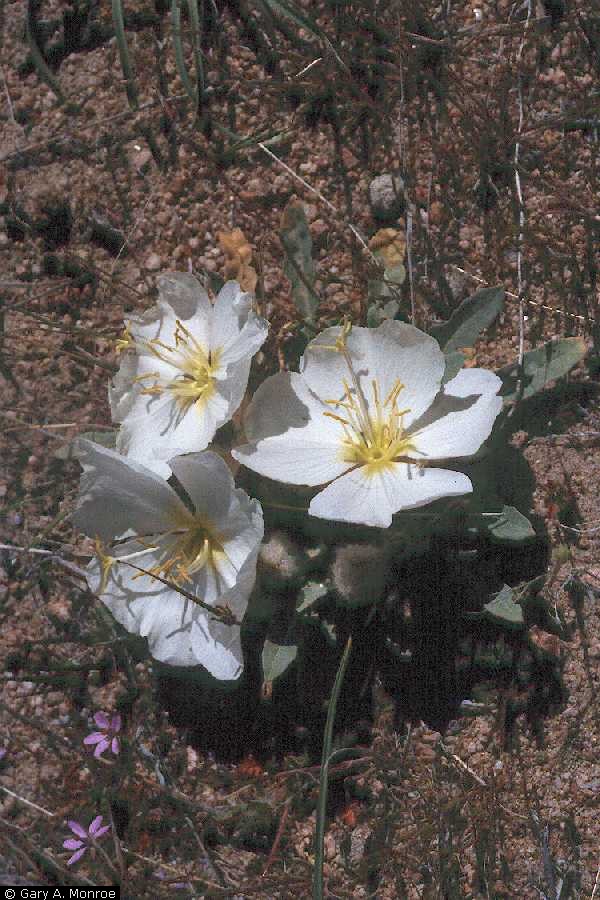
The Tufted Evening Primrose or (Gumbo Lily) is a perennial member of the evening primrose family that flowers from May-July. It is short to the ground with a single white flower with four petals that bloom at night and turn pink as it ages. Found mainly on dry, rocky prairie and hillsides. The Gumbo lily has a wide range existing throughout much of Western and Central North America. The Gumbo lily was used medicinally by several different Native American tribes from the Northern Plains to the American Southwest. The Blackfoot, Gosiute, Isleta, Navajo, Kayenta, and Hopi all used the plant to reduce swelling. It was also used by some tribes to treat sores, prolapse of the uterus, and toothaches. The Assiniboine were also known to use the flower as an indicator species.
The Other Plants in the Fort Belknap Circle
